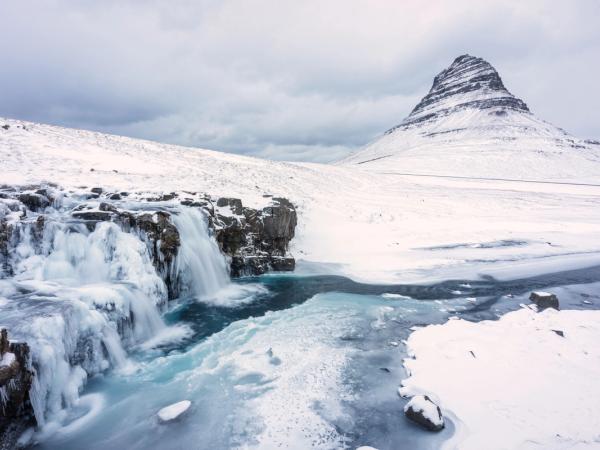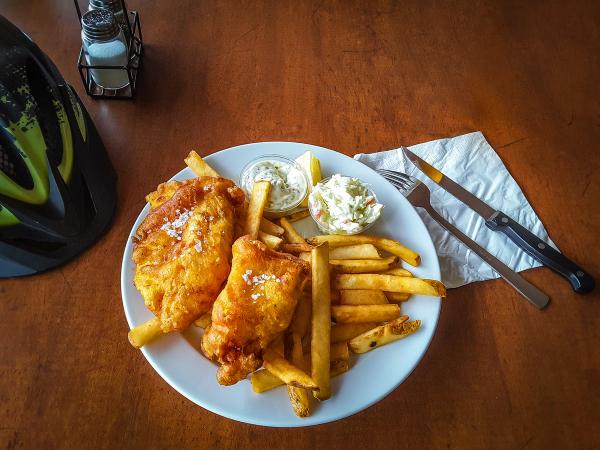
Tips for a trip to Iceland: 10 things you need to know
Making the decision to come to visit Iceland is not a difficult one. This country has a lot to offer, from amazing and unique natural landscapes to a vibrant and fascinating culture. It’s an outstanding place that attracts visitors from all over the world. And traveling to Iceland is quite easy and straightforward. It’s a developed and safe country that welcomes tourists with open arms. But it also has its peculiarities. Things that might be different to what you expected or that is better to know beforehand.
Here we have gathered 10 travel tips to help you plan a seamless trip.
1. Create an Itinerary
We know Iceland has a lot to see and do, and you’ll want to make the most of your trip, but it’s impossible to see it all in one trip. Unless you’re planning to stay for many, many weeks. For this reason, creating a detailed itinerary, well-tailored to the time you have and the things you want to see the most, it’s absolutely crucial. Focus on your interests—nature, culture, or adventure—and choose routes that fit your timeline. Take also in consideration the season you’re coming, as the different weather and daylight conditions can affect the activities you do outdoors.
Some natural monuments and cultural experiences can be grouped up in routes for proximity. Others because of how easy it is to go from one to the next. Below are three examples of popular itineraries many travelers follow.
Ring Road
The Ring Road (Route 1) is the main road in Iceland. It’s a 1,300-km loop (808 miles) that goes around (almost) the entire island. It connects all the regions and major cities, passing by some of the best monuments. It also goes through some amazing areas, so you’ll also enjoy great views while traveling. It’s a great option for a 7 to 10 days trip to Iceland, primarily using Reykjavik as starting and finishing point. It connects major attractions like Seljalandsfoss waterfall, Vík’s black sand beaches, the East Fjords or the northern region. Plan for 2-3 stops daily to avoid rushing, and check road conditions, especially in winter, as snow can close some parts or cause delays.
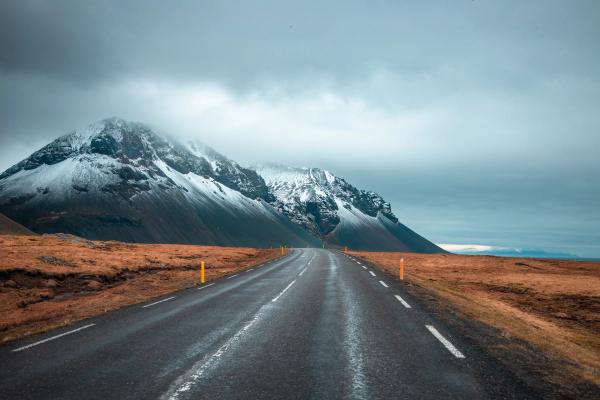
Golden Circle
This is probably the most famous scenic route in Iceland. The Golden Circle is in the southwest of the country, not far from Reykjavik. It has a total length of 230 kilometers (143 miles) and goes through the astonishing Þingvellir National Park, the geothermal area of Geysir, and Gullfoss waterfall. These are the three main stops, but there are many secondary ones that can be added, such as Kerið crater, Bruarfoss Waterfall, or The Secret Lagoon. It can be completed in one day if you focus solely on the major ones, but it may feel a bit rushed. Plan for 2-3 days if you want to see everything, including the secondary stops, with calm. For instance, Þingvellir National Park is quite big, and you might not just check and go.

Diamond Circle
In North Iceland, the Diamond Circle shines brightly. It’s a similar concept to the Golden Circle, but with five main stops. It’s considerably longer, too. Here you can see Ásbyrgi canyon, Dettifoss and Goðafoss waterfalls, Lake Mývatn, or go whale-watching in the charming town of Húsavík. It usually takes 2-3 days to make it, and it’s less crowded than its counterpart in the south.
These are only the most famous and popular examples, but you can create your own itinerary. Or combine several of them if you have time. Just locate the things you want to see the most, plan your route, and calculate the time you are going to need.
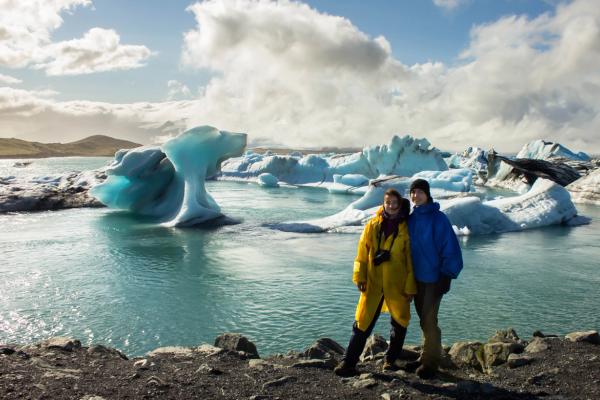
2. What Car to Choose
The best way to discover everything Iceland has to offer is by renting a car. This way, you’ll have the freedom to follow the itinerary you’ve created at your own pace, stopping whenever and wherever you want. Choosing the right vehicle can make the difference. Your choice depends on your itinerary, group size, and season.
Small Cars
Starting at €45 ($51) per day, economy cars like the Toyota Yaris are budget-friendly and fuel-efficient, ideal for solo travelers or couples sticking to paved roads like the Golden Circle or the Ring Road. They’re easy to park and handle well in cities, but their low clearance makes them unsuitable for gravel or F-roads, and they can struggle in windy or snowy conditions.
Family Cars
Midsize options, costing from €56 ($63), are great for families, small groups, or couples looking for extra space. They’re reliable on paved highways and can handle gravel roads that are not too bumpy, making them versatile for routes like the Ring Road. However, they lack the traction for F-roads and may feel cramped for larger groups.
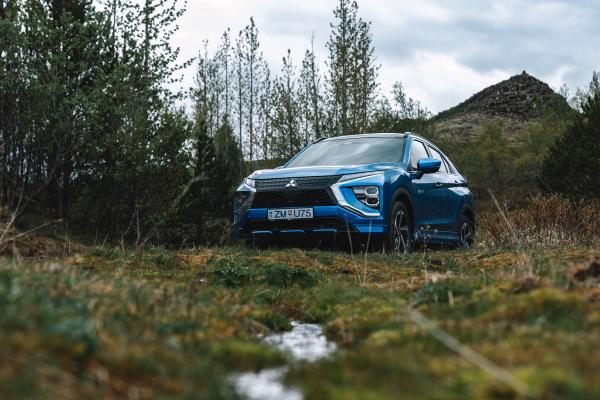
4x4
This is the choice if you want to drive on all kinds of roads, including F-roads, or are planning on coming in winter. The 4WD vehicles have high clearance and ensure safety in winter storms or gravel paths. They start at €54 ($61) and there’s a high number of options to choose from. They’re pricier and less fuel-efficient but essential for off-road adventures and dealing with the harsh weather.
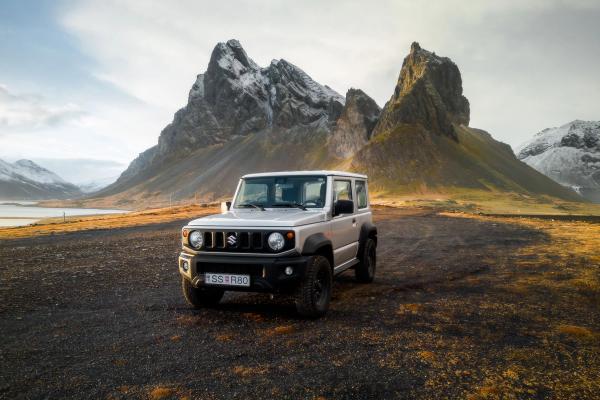
Minivans
With prices starting at €160 ($180), minivans like the VW Caravelle suit groups or families needing space for luggage and gear. They offer comfort for long drives but are less agile on narrow or unpaved roads. Fuel costs can add up, and they’re not suited for highlands.
The prices may vary depending on the season. Booking in advance will not only give the chance to have your preferred car, but also get better deals.
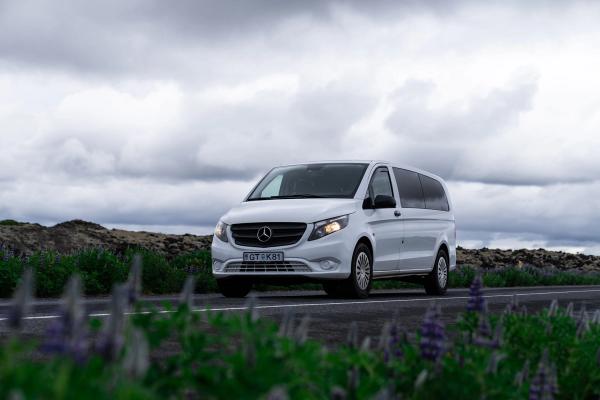
3. Understand the road system
Driving in Iceland can be a great experience, but it requires some preparation. The road network in the country is quite good, reaching almost every corner of the island, but it’s, at the same time, quite unique. And the conditions can be unpredictable at certain moments. The Ring Road and other main roads are mostly paved, but they have some gravel sections. There can also be narrow sections or single-lane bridges, which require proceeding with caution. The infamous F-roads, which are basically mountain tracks leading to the Highlands and other remote areas, are unpaved, rocky, and sometimes include river crossings. It’s absolutely necessary to have a 4x4 to drive on an F-road.
Icelandic driving customs prioritize safety: yield to oncoming traffic on narrow roads, and never stop on roadsides for photos. It’s both dangerous and forbidden, and can result in fines. The law also mandates that the headlights be kept on at all times, night or day. Sheep can cross rural roads. If that’s the case, slow down or even stop if necessary.
Gas stations are sparse outside cities, so refuel whenever possible. It’s a good idea to locate gas stations on your route before setting off. Always check the road status before departing to adapt to possible closures and avoid setbacks.
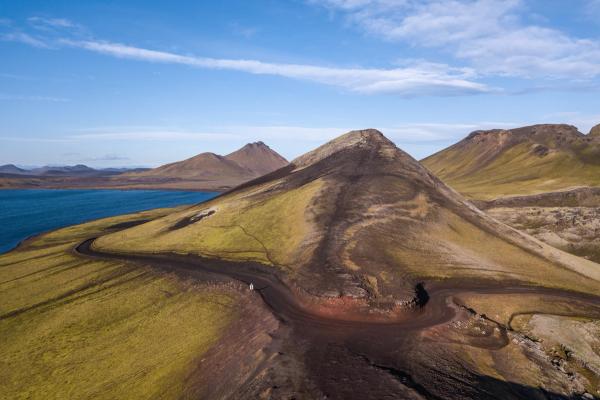
4. The Seasons in Iceland
Choosing the right time to come to Iceland can also impact your travel experience. Every season is different here, and they all have their pros and cons. In terms of weather, summer is the best time to come. The temperatures are mild, between 10 and 15°C (50-59°F) and nearly 24-hour daylight, perfect for hiking, birdwatching, or driving the Ring Road. There can always be occasional showers.
Spring (April-May) offers 0-7°C weather (32-45°F), with blooming landscapes and the return of migratory birds like puffins. It rains more, and it’s windier than summer. Autumn (September-October) sees 0-10°C (32-50°F), with storms and medium to strong winds. On the other hand, there are not many tourists, and you usually get better prices.
Winters (November-March) are long and cold in Iceland. The average temperature is between -5 and 5° (23-41°F), with snow, ice, and short days. But the good news is that it’s the prime season to see the Northern Lights.
Regardless of the season, Iceland’s weather shifts rapidly—rain, wind, or sudden sun are common. Choose your season based on the activities you want to do the most, if you have the luxury of choice.
5. Cards and Cash
Cards are the most common way to pay in Iceland nowadays, with Visa and Mastercard accepted almost everywhere, from Reykjavík’s cafés to rural gas stations. Contactless payments are standard, making transactions nice and easy for dining, attractions, or rentals. American Express is less common, so have a backup card.
Despite this, carrying some Icelandic króna (ISK) is always a good idea. They can come in handy for small vendors, rural shops, or emergencies, such as automated gas pumps that only accept cash. If you’re looking to exchange some money, the best rates are usually found at banks in Reykjavík or Keflavík. Exchange kiosks in airports or tourist places are prone to having higher fees. You’ll find ATMs in all the main cities, but not so much in remote areas.
When going out for dinner, tipping is not expected, but people tend to round the bills slightly, and that gesture is always appreciated.
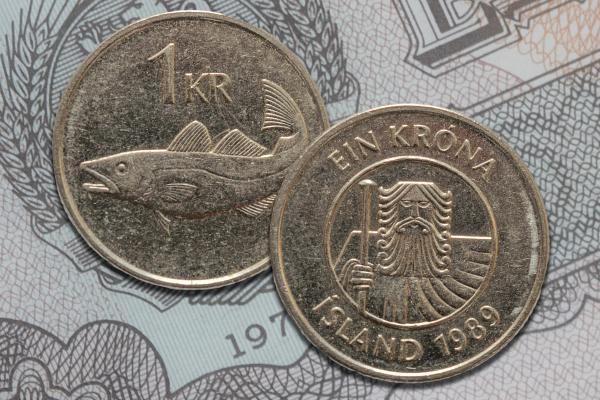
6. Booking in Advance
Depending on the time you’re planning to come to Iceland, booking things in advance is strongly recommended. It becomes especially critical during peak season, between June and August. Hotels in Reykjavik or near the main attractions typically require early booking—aim for 3-6 months in advance. Guesthouses and hotels in rural areas are usually less full, although some are very popular. They usually offer nice facilities and the chance to connect more deeply with Icelandic culture.
Apartments or holiday homes are great for families, and the chance of being able to cook your own meals can help you reduce costs. Camping is extremely popular in Iceland, especially during the summer. There are campsites all over the country, but many of them only open in the warmer months, so check availability beforehand.
If you’re visiting during shoulder season, such as autumn or early spring, you might find last-minute deals. However, having everything ready well in advance gives you peace of mind, allowing you to focus on the adventure.

7. Food in Iceland
Typically, when we travel to another country, we want to try the local cuisine. It’s a great way to experience new flavors and connect with the place’s culture. Eating out in Iceland is pricey, but not crazy. If you’re planning to go out for dinner every night you’re here, your expenses can be a bit high, but it’s something you should do at least once or twice. If you’re staying in an apartment, house, or have access to a kitchen, cooking your own meals can help you cut costs. To stretch your budget, cook your own meals using supermarket ingredients from Bónus or Krónan, where basics like bread, cheese, and vegetables are affordable. Going to a good restaurant in Reykjavik can be between €50-100 ($57-114) per person.
Some popular Icelandic dishes are lamb, fish stew, and skyr, a creamy yogurt. If you’re feeling adventurous, you can try hákarl, which is fermented shark; however, its smell and taste are quite pungent and may not be to everyone's liking. Food trucks and street food are quite common in Iceland, with the pylsur, the Icelandic hot dog, as a favorite. Bakeries in Iceland are truly exceptional, crafting their own rye bread and serving delicious pastries. Don’t forget to bring a reusable water bottle. Tap water in Iceland is quite pure and fresh, and is safe to drink from the tap.
By mixing occasional restaurant meals with home-cooked dishes, you’ll enjoy Iceland’s culinary scene without overspending.
8. What to Pack for a Trip to Iceland
Packing smart is vital for a trip to Iceland. The country has quite unpredictable weather that is constantly changing. The first rule to deal with its variability is to dress in layers, no matter which season you’re traveling. There’s a combo that usually works wonders: a base moisture-wicking layer (thermal if in the colder months), fleece or wool for the intermediate layer, and top with a waterproof, windproof jacket. If you’re coming in winter, you can swap the outer layer for a good waterproof coat.
Other items that should be in your suitcase:
- Hiking boots: Waterproof and with good grip and ankle support to deal with the uneven trails and wet conditions.
- Hat, gloves, and scarf: Even in summer, nights can be chilly or temperatures can suddenly drop.
- Swimsuit and towel: No trip to Iceland is complete without a relaxing geothermal bath. And there are hundreds of places to do it!
- Backpack with waterproof cover: For excursions, to carry all your essentials, such as water and snacks.
- Sunglasses and sunscreen: For the strong UV rays in summer and the reflection of the sun on snow in winter.
- Photo camera: If you’re into photography, this country will give you endless opportunities for outstanding pictures. If not, a good smartphone will suffice.
- Power bank: To keep your devices charged during a long day exploring. You don’t want to run out of battery in the middle of a remote area.
- GPS device: Not completely necessary, but there are parts of the country with low or nonexistent cell phone service.
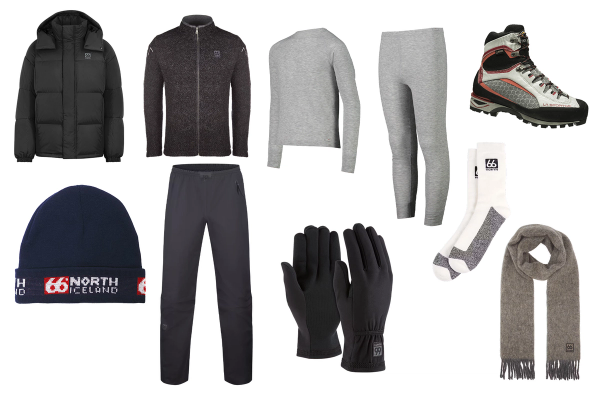
9. Icelandic Names
At first, Icelandic can be a language that sounds and looks strange and it’s not easy, but there are certain tricks to help you understand it a little better. Icelandic is highly descriptive in a sense, and it’s easy to guess what type of place you’re going to visit just by its name. For example, "jökull" means "glacier", so every location that ends that way is a huge tongue of ice, like Vatnajökull, Europe’s largest. "Foss" is a waterfall, such as Dettifoss or Seljalandsfoss. "Vatn" can be translated as "water" or "lake". That’s the case of places like Þingvallavatn or Mývatn. "Vík" is "bay", as in Reykjavik (Smoky Bay would be a correct translation). So, the ending of the words can point you in the right direction, as they help travelers anticipate what lies ahead.
Regarding people’s names, Iceland is one of the few countries in the world that still uses patronymic or matronymic names. This means that surnames are not passed down, but they are formed by using the parents’ names. Then, “-son” (son) or “-dóttir” (daughter) are added to the father’s or mother’s name to create the surname. For example, Anna, daughter of Jón, is Anna Jónsdóttir. Understanding these naming customs deepens your connection to Iceland’s landscapes and its people, enriching your journey.

10. Respect the Environment
You’ve probably chosen Iceland as a destination because of its magnificent landscapes. They look amazing, and it’s our duty to keep them that way. Iceland’s ecosystems are beautiful but also delicate, and responsible travel is essential to protect them. Moss-covered lava fields, wetlands, and tundra vegetation can take decades to recover from danger, especially when people step on them. Stick to marked trails, especially in sensitive areas like Mývatn or the Highlands, to avoid erosion.
Off-road driving is illegal, and can result in high fines. Always use designated roads. Respect wildlife, keeping a distance from nesting birds like puffins or Arctic terns, especially during breeding season (May-July). Follow the “leave no trace” principle and reduce the impact of your travel as much as possible. Also, remember that free camping is illegal.
By traveling responsibly, you preserve Iceland’s natural marvels for future generations.

Conclusion
Visiting Iceland is one of the best travel experiences available today. The country’s raw and untamed landscapes, along with its vibrant culture, will create memories that last forever. Coming to this island in the middle of the North Atlantic Ocean is easy, but requires a little preparation. Just be mindful of a series of recommendations to have the smoothest trip possible.

